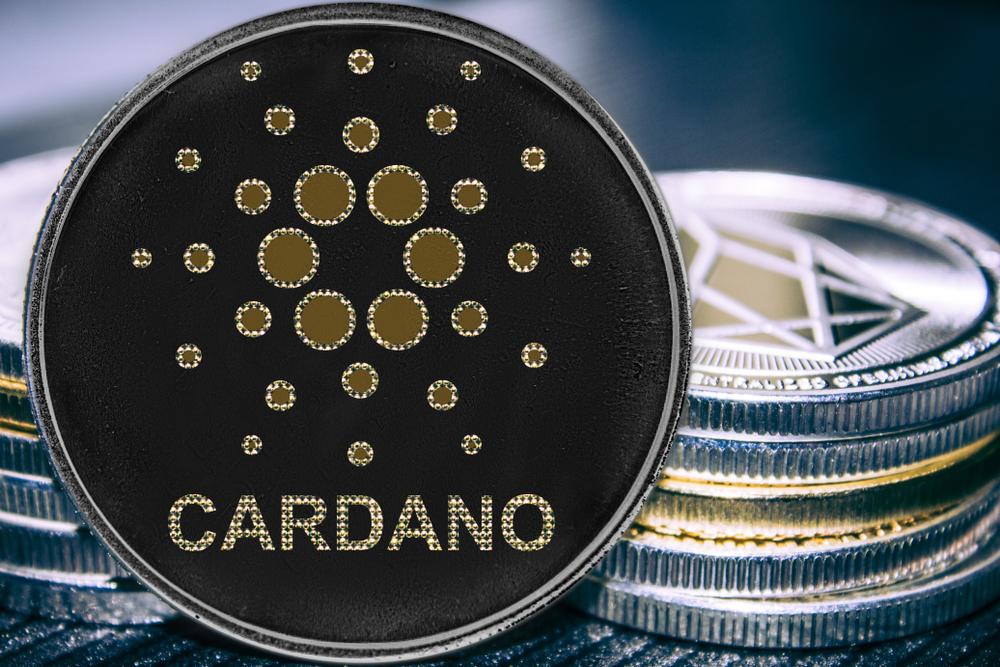
- Among all PoS networks, Cardano consumes the most energy per transaction which also makes it the most decentralized network.
- However, decentralized networks have a lot to catch up with their centralized counterparts in less energy consumption.
Although the broader cryptocurrency has been struggling much this year in 2022, the Cardano blockchain network has seen some key advancements in terms of network activity.
Crypto influencer Ben Armstrong, also popular as “BitBoy” recently stated that the Cardano blockchain is one of the most decentralized Proof-of-Stake blockchains in the market. However, this claim comes after a recent report published by crypto-focused research startup Crypto Carbon Rating Institute (CCRI).
The report, however, states that among all other PoS networks, Cardano consumes the most amount of energy. But BitBoy added that this also indicates that the Cardano blockchain is also one of the most decentralized blockchain networks in the market.
The report from CCRI notes that the Solana blockchain consumes about 0.17 Wh per transaction. This is the lowest among all the PoS blockchain networks on the list. On the other hand, Cardano’s energy consumption per transaction is the highest at 51.59 Wh. Commenting on this data, Ben Armstrong wrote: “It’s real easy to save electricity when you are centralized”. Indirectly, he stated that Solana’s impressive speed comes at the cost of its decentralization. He further asserted:
“If you are unaware, the prioritization of speed through centralization is the number one thing that hurt the Solana tech. There’s a reason $ADA is top of this list. Get it yet?”
Considering that the Ethereum blockchain has just transitioned into the Proof-of-Stake network, the CCRI report doesn’t involve it in the comparison.
Decentralized vs Centralized Systems
Interestingly, the CCRI report notes that decentralized systems are likely to consume much more electricity per transaction in comparison to their centralized counterparts. This is due to the amount of computational hardware that decentralized systems use in order to process transactions as well as distribute blockchain nodes globally.
Just, for example, the Bitcoin blockchain is regarded as the most decentralized network which consumes a whopping 17,222,400 Wh (1722.24 kWh) per transaction. On the other hand, we can compare it with VISA’s energy consumption per transaction which is 1.49 Wh. Only, PoS network Solana has lesser energy consumption than this. The CCRI report notes:
Generally, it is not surprising that a centralized system like Visa is more energy-efficient than a decentralized system. Due to the difference in the amount of computational hardware and distribution worldwide, most systems must consume more electricity.
Coming back to Cardano, some blockchain experts believe that the blockchain is even more decentralized than platforms like Ethereum. Indian blockchain specialist Sooraj compared Cardano with Ethereum on several metrics such as initial coin distribution, staking ratio, Nakamoto coefficient, etc.
#Ethereum Community often calls themselves #Decentralization maxis
But if we look at the real metrics#Cardano is far ahead than #Ethereum on #Decentralization
Here are the reasons why #Cardano is the most decentralized PoS-based blockchain out there
— Sooraj (@Soorajksaju2) December 2, 2022
Due to its strong decentralization, the Cardano blockchain is slowly becoming the preferred choice for launching smart contracts and NFT projects. On the other hand, the Cardano team is working on a multi-chain crypto wallet Lace to improve security on the network.
Read More: www.crypto-news-flash.com












 Bitcoin
Bitcoin  Ethereum
Ethereum  Tether
Tether  XRP
XRP  Solana
Solana  USDC
USDC  TRON
TRON  Dogecoin
Dogecoin  Cardano
Cardano  Lido Staked Ether
Lido Staked Ether  Wrapped Bitcoin
Wrapped Bitcoin  Hyperliquid
Hyperliquid  Wrapped stETH
Wrapped stETH  Sui
Sui  Chainlink
Chainlink  Stellar
Stellar  LEO Token
LEO Token  Avalanche
Avalanche  Bitcoin Cash
Bitcoin Cash  Toncoin
Toncoin  Shiba Inu
Shiba Inu  USDS
USDS  Hedera
Hedera  WETH
WETH  Litecoin
Litecoin  Wrapped eETH
Wrapped eETH  Binance Bridged USDT (BNB Smart Chain)
Binance Bridged USDT (BNB Smart Chain)  Polkadot
Polkadot  Monero
Monero  Ethena USDe
Ethena USDe  Bitget Token
Bitget Token  Pi Network
Pi Network  Coinbase Wrapped BTC
Coinbase Wrapped BTC  Pepe
Pepe  WhiteBIT Coin
WhiteBIT Coin  Aave
Aave  Uniswap
Uniswap  Dai
Dai  Ethena Staked USDe
Ethena Staked USDe  Bittensor
Bittensor  OKB
OKB  Cronos
Cronos  BlackRock USD Institutional Digital Liquidity Fund
BlackRock USD Institutional Digital Liquidity Fund  Aptos
Aptos  NEAR Protocol
NEAR Protocol  Jito Staked SOL
Jito Staked SOL  Internet Computer
Internet Computer  sUSDS
sUSDS  Ethereum Classic
Ethereum Classic